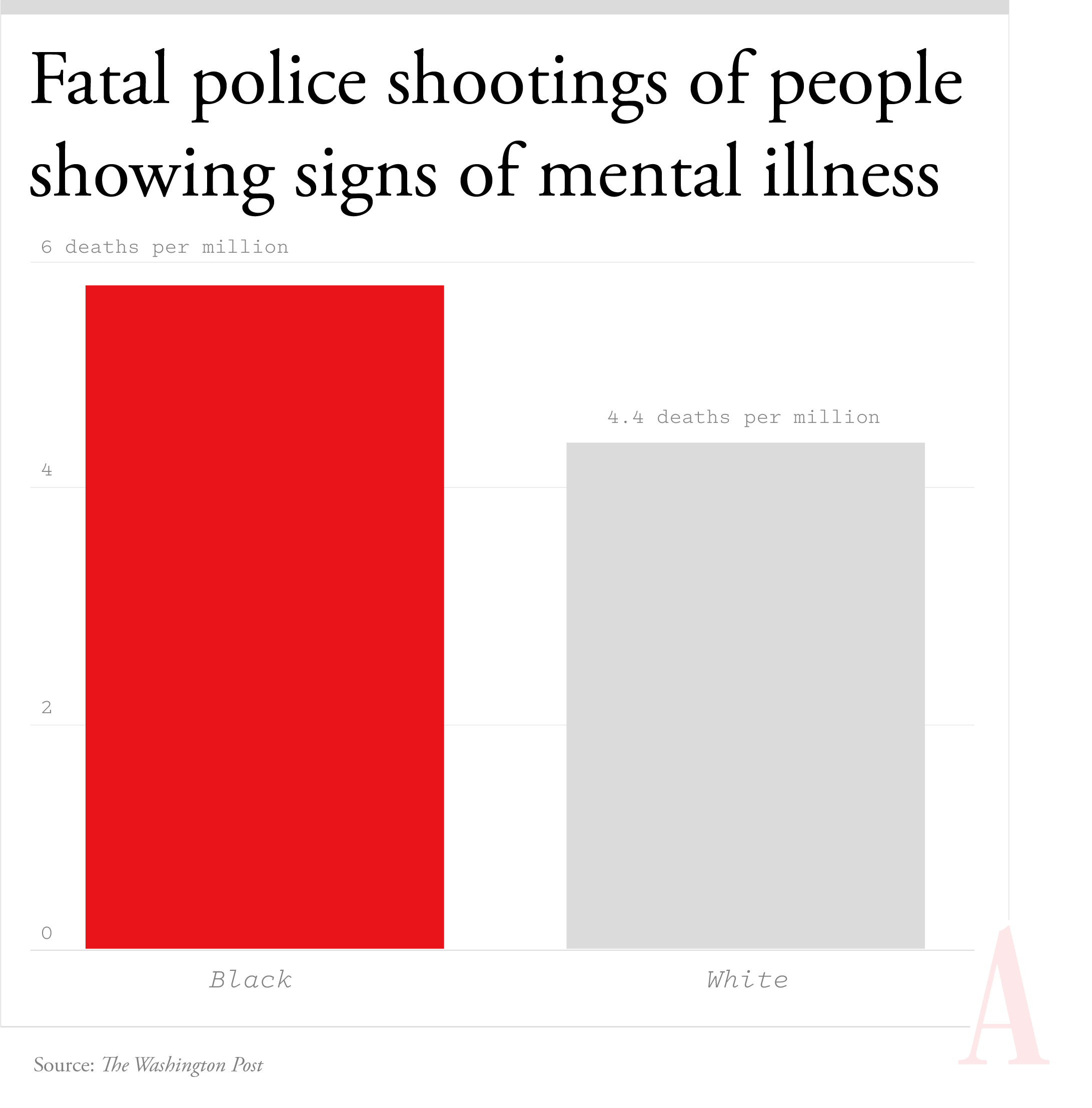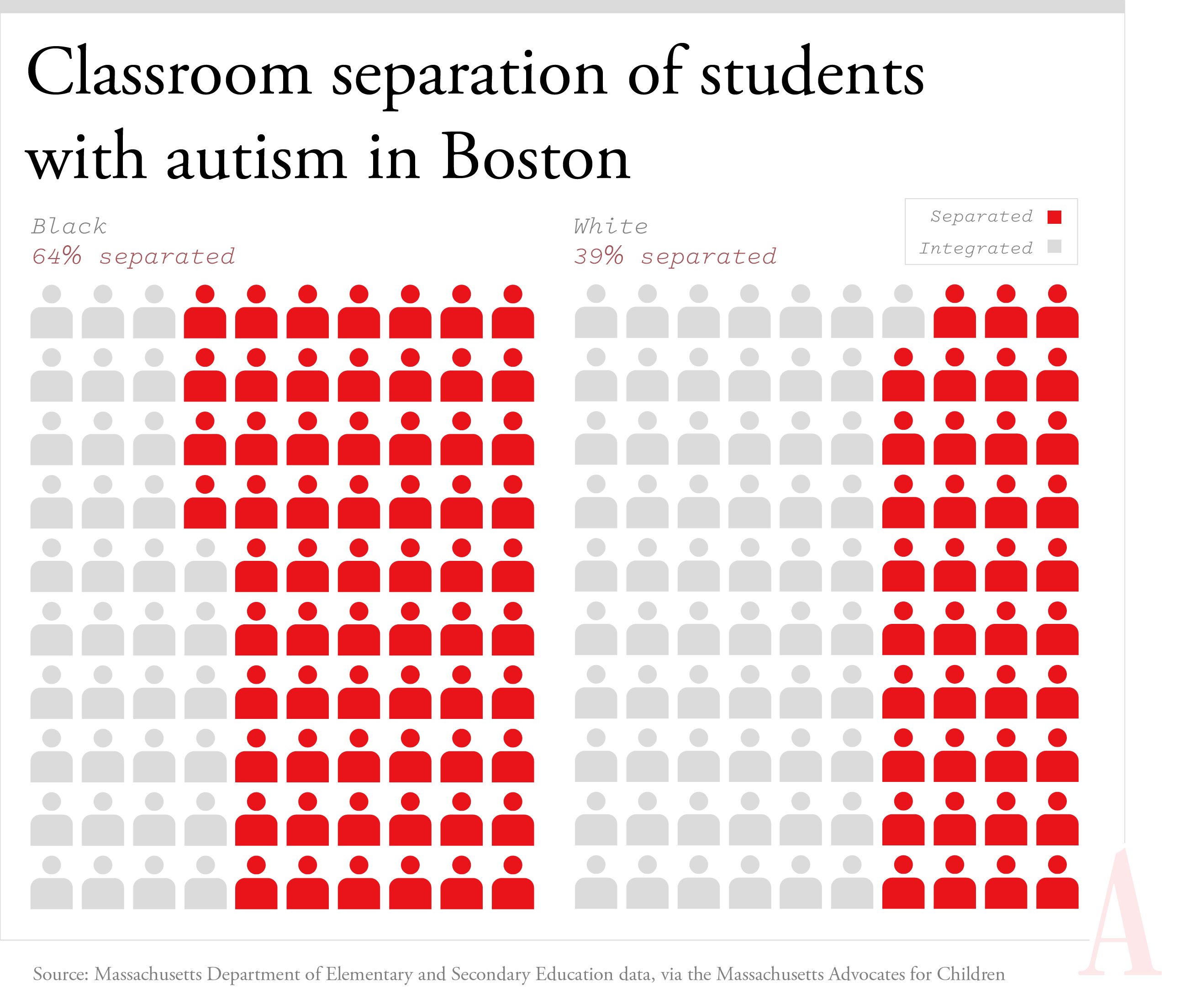When Angel Love Miles arrived at Penn State in 1998, she realized she was going to have to fight to finish school. To begin with, Miles was a low-income Black student, and Penn State was mostly white. In addition, she has spina bifida, a condition that affects spinal development in utero. In Miles’s case, this means she uses crutches or a wheelchair.
As a child, she had gone to a school for children with disabilities. Her school had an accessible playground with wheelchair swings, physical and occupational therapists, and a shop where she could get her wheelchair or crutches fixed.
Penn State was different. There was a van for students with disabilities, but waiting for it often made her late for class. She remembers waiting once for the campus bus. When she asked the driver to lower the wheelchair ramp for her, he said, “I don’t want you on my bus,” and drove away.
She pushed for the services she needed, and eventually, she finished college and went on to get her doctorate in women’s studies. Today she’s a social-justice advocate and policy analyst who specializes in intersectional and critical disability theory approaches.
“I became an advocate not because I wanted to but because I had to, to survive,” Miles told me. “I was not very outspoken at all. But if you’re trying to get home and the bus keeps passing you up because you’re in a wheelchair, you have to scream out.”
Miles’s story is emblematic of what it’s like to be Black and disabled in America: Every day is a struggle to not get left behind.
According to American Community Survey data, 14 percent of Black Americans have a disability, compared with 12.6 percent of the overall population. Thirty-six percent of disabled Black Americans live in poverty, compared with 26 percent of all disabled Americans. Disabled Black people often have to battle harder to get correct diagnoses and services. This is especially true for “invisible disabilities” such as autism, which educators are more likely to dismiss as behavioral issues in Black children than in white ones.
Black people with disabilities are especially likely to have issues with police officers, who can misinterpret their behavior—such as a deaf person who keeps walking when told to stop—as a threat. When law enforcement assumes a Black person’s failure to comply is because of aggression rather than a disability, the consequences can be deadly. Black Americans in general are 2.5 times as likely as white Americans to be killed by a police officer.

Fatal police shootings of people
showing signs of mental illness

None of this is that surprising. For centuries, white Americans treated Black people as less than human, as bodies valued only for the work they could do, Jane Dunhamn, the director of the National Black Disability Coalition, told me. Today Black people with disabilities are still doubly marginalized, by both racism and ableism. While America has undergone social and racial reckonings with the #MeToo and Black Lives Matter movements, we’ve yet to see something similar with the disability movement. Many disability activists want to change this narrative but wonder why it’s taking so long. What does this failure say about us as a society?
In many ways, the disability-rights movement was modeled after the civil-rights movement. Americans with disabilities used to be tucked out of sight in asylums and institutions, or even put on display at the circus. In the 1940s and ’50s, disabled World War II veterans pressured the government to provide services such as vocational training and rehabilitation. In the ’60s and ’70s, activists fought for disabled children to be included in schools instead of relegated to institutions and asylums, and lobbied the government to make public spaces more accessible with measures such as ramps and curb cuts on sidewalks. In 1973, Congress passed the Rehabilitation Act; Section 504 mandated equal opportunity for employment and prohibited discrimination against the disabled by any entity that received federal funds. Some of the language in the law came straight from the Civil Rights Act of 1964.
But for years it wasn’t enforced. In 1977, disability-rights activists staged protests across the country to push the government to act, including a four-week sit-in at the San Francisco office of the U.S. Department of Health, Education, and Welfare. Kitty Cone, one of the organizers of the sit-in, wrote, “We felt ourselves the descendants of the civil rights movement.” She described how disability activists drew inspiration from the civil-rights movement’s sit-ins, and even sang freedom songs to keep their spirits up during their protests.
The Black Panthers, in an effort led by the group’s member Brad Lomax, who had multiple sclerosis, brought meals and other supplies to the protesters. Lomax was part of a delegation to Washington, D.C., that pressured the government to write regulations laying out what constituted discrimination, instead of leaving the interpretation of Section 504 up to judges.
Fifteen years later, the landmark Americans With Disabilities Act broadened these reforms to include compliance in private institutions and workplaces. But even today, many spaces remain inaccessible. And Black people with disabilities face many subtler kinds of exclusion.
Leroy F. Moore Jr., a Black activist with cerebral palsy, told me it is isolating to be Black and disabled. Many in the Black community don’t understand what it is like to have a disability. He spent most of his career in the nonprofit world, where his mostly white co-workers didn’t understand the experience of being Black in America. “I was caught between two worlds,” he told me.
As a result of these experiences, Moore helped found the disability- justice movement in the 2000s. Whereas previous disability activism focused on gaining rights, disability justice takes into account how identity—race, ethnicity, gender, class, and sexual orientation—affects a disabled person’s experience, and how ableism intertwines with other systems of oppression. This approach is crucial, Moore told me, because race plays an enormous and still-underappreciated role in the experience of a disabled person who is a member of another minority group.
Black people with disabilities often struggle more than their white peers, whether it’s to get a diagnosis or services, or to simply be seen as individuals. Austin Haynes is a 24-year-old operating-room nurse at Penn Medicine who struggled for years with undiagnosed ADHD. Haynes is Black and attended a primarily white high school in New Jersey. He always had a feeling that something was different: He had trouble concentrating, and studying felt harder than it should. “I had to reread things multiple times,” he told me, “and if someone made a noise, I would be completely gone.” He graduated from high school with a 2.5 G.P.A.
When he was a sophomore in college, Haynes read about ADHD and realized that he might have it himself. He finally got a diagnosis, a prescription for Adderall, and studying strategies, which helped him focus and raise his grades. He graduated college and enrolled in a nursing program, graduating with a 3.4 G.P.A. Sometimes he wonders why getting help took so long: “Why did I have to not excel in school even though I knew I was smart enough? I knew I had the capability to do so much better. And I think race had a huge role in not being diagnosed properly.”
Systemic racism and ableism don’t just result in denied services and poorer outcomes. Jevon Okundaye, a 24-year-old Black man with autism, worries that one day he’ll be stopped by a police officer and his lack of eye contact will be perceived as a threat. Okundaye, who graduated from Tufts University in 2019 with a degree in English and Africana Studies and works now as a fellow focusing on race and disability for the nonprofit group Massachusetts Advocates for Children, carries an autism ID card in his wallet but isn’t sure that will offer any protection. “If I were to pull it out in a panic, a police officer might think I’m reaching for a weapon,” he told me. Okundaye hopes that if the cops ever stop him, they’ll give him a chance to explain his diagnosis.

Classroom separation of students
with autism in Boston
Source: Massachusetts Department of Elementary and Secondary Education data, via the Massachusetts Advocates for Children

Some Black disability activists I spoke with lamented the movement’s failure to understand how identity, particularly race, complicates disability. Racism and ableism are similar, in the sense that they foist society’s limitations—in imagination and in empathy—onto individuals who don’t look or act like everyone else. Keith Jones, a Black activist with cerebral palsy, drove home this point: “Am I the problem, or is society the problem?”
Source link
 Black America Breaking News for the African American Community
Black America Breaking News for the African American Community